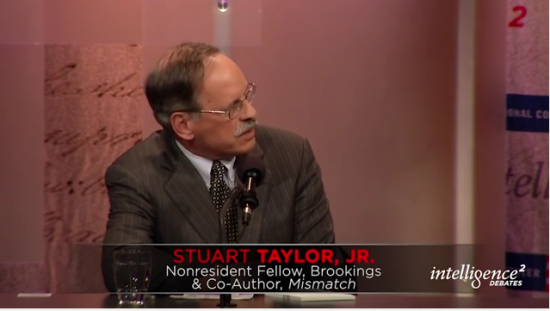Justice John Paul Stevens, who in most portrayals has migrated from the center of the court when appointed by President Gerald Ford in 1975 to its left flank, has told several reporters that his ideology has not really changed much. Rather, according to Stevens, he has remained about where he always was, while newer and younger appointees have pushed the court to the right.
The record suggests otherwise. Like many of us, this extraordinarily intelligent, self-effacing gentleman, who turned 90 on April 20, may be kidding himself a bit about his own consistency.
Like some other Republican-appointed justices in recent decades – Harry Blackmun and Sandra Day O’Connor and, to a lesser extent, David Souter , Warren Burger and Lewis Powell – Stevens has become markedly more liberal during his years on the court. Meanwhile, no Democratic-appointed justice has become substantially more conservative over time. This helps explain why, despite the fact that Republican presidents have appointed 12 of the last 15 justices, the court itself has never – or, at least not yet – made the dramatic right turn that many reporters and commentators have repeatedly proclaimed. Indeed, the court’s rulings have remained left of the center of general public opinion on most (though not all) of the biggest issues.
What explains the asymmetry in justices’ evolution? More on that below. First, some facts about Stevens and other leftward-moving justices.
Seen in his early years as an idiosyncratic loner given to writing separate opinions joined by no other justice, Stevens was never a solid conservative. But he joined conservatives on ideologically charged issues, including racial affirmative action, the death penalty, rights of criminal defendants, freedom of speech and government funding of abortion. Since about the mid-1980s, however, he has taken positions markedly to the left of where he started on these and other big issues.

